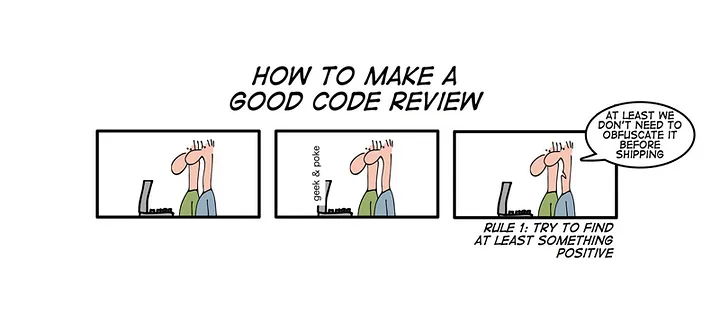Code Reviews using pull requests
Conducting a code review using pull requests is a common practice in collaborative software development. It involves team members reviewing changes before they are merged into the main codebase, ensuring quality, consistency, and adherence to project standards. Here’s a step-by-step guide on how to conduct a code review using pull requests, along with key considerations to keep in mind:
1. Create a Pull Request
- Initiation: A developer makes changes in a feature branch and then creates a pull request (PR) to merge these changes into the main branch.
- Description: The PR should include a clear title and description that explains what the changes are, why they were made, and any potential impacts on the codebase.
2. Assign Reviewers
- Selection: Assign relevant team members as reviewers. Ideally, choose those familiar with the codebase or the area of the code being modified.
- Balanced Load: Distribute reviews evenly among team members to avoid bottlenecks.
3. Conducting the Review
- Understand the Context: Before diving into the code, reviewers should understand the purpose of the changes by reading the PR description, related tickets, or documentation.
- Examine the Code:
- Readability: Ensure the code is easy to read and understand. Look for clear variable names, appropriate comments, and well-organized code.
- Functionality: Verify that the changes accomplish the intended purpose without introducing bugs. Test the functionality if possible.
- Style and Conventions: Check if the code adheres to the project’s coding standards and style guides.
- Performance: Consider the performance implications of the changes, especially for critical sections of the code.
- Security: Review the code for potential security vulnerabilities, such as SQL injection risks or improper input validation.
- Modularity: Ensure that the changes are modular and follow the principles of DRY (Don’t Repeat Yourself) and SOLID (Single Responsibility, Open-Closed, Liskov Substitution, Interface Segregation, Dependency Inversion) where applicable.
4. Provide Feedback
- Constructive Criticism: Offer feedback in a positive and constructive manner. Focus on the code, not the individual.
- Specific Suggestions: Where possible, suggest specific improvements or alternatives, providing code examples if helpful.
- Ask Questions: If something is unclear, ask questions to understand the developer’s intentions better.
 © geek & poke, http://geek-and-poke.com
© geek & poke, http://geek-and-poke.com
5. Handle Discussions and Iterations
- Discussion: Engage in discussions if there are disagreements or different perspectives on how something should be implemented.
- Revisions: The original author should address the feedback by making necessary changes and updating the pull request.
- Follow-Up: Review the changes again if necessary, ensuring that all concerns have been addressed.
6. Approve or Request Changes
- Approval: If the code meets the required standards and all concerns have been addressed, approve the PR.
- Request Changes: If there are unresolved issues, request changes before the PR can be merged.
7. Merge the Pull Request
- Final Checks: Before merging, ensure that all checks (such as automated tests) have passed and that there are no conflicts with the base branch.
- Merge: Merge the changes into the main branch using the appropriate method (e.g., squash, rebase, or merge commit) depending on the project’s workflow.
- Cleanup: After merging, the feature branch can often be deleted if it’s no longer needed.
Key Considerations
- Timeliness: Conduct reviews promptly to keep the development process flowing smoothly.
- Balance: Ensure the feedback is balanced between pointing out issues and acknowledging good practices or improvements.
- Consistency: Maintain consistency in reviews by applying the same standards across different PRs and reviewers.
- Learning Opportunity: Use code reviews as an opportunity for learning and improving both the code and the team’s skills.
By following these steps and keeping these considerations in mind, a team can conduct effective and efficient code reviews using pull requests, leading to higher-quality code and a more collaborative development process.